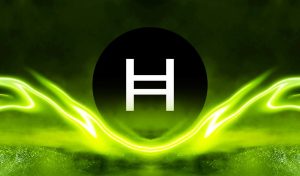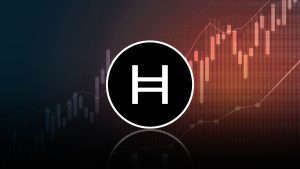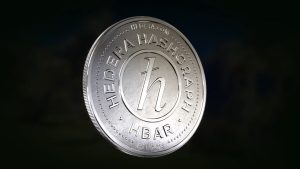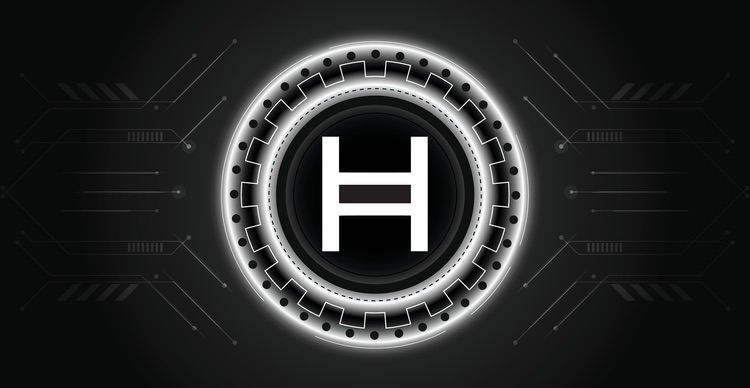HBAR coin or Hedera is the most used, sustainable, enterprise-grade public network for the decentralized economy that allows individuals and businesses to create powerful decentralized applications (DApps).
It is designed to be a fairer, more efficient system that eliminates some of the limitations that older blockchain-based platforms face — such as slow performance and instability.
It was funded through an initial coin offering (ICO) in August 2018 and first launched open access to its mainnet just over a year later in September 2019. As part of the ICO, investors were able to purchase the platform’s native utility token (HBAR) at the lowest possible pricing.

The Founder of HBAR
Hedera Hashgraph has two founders: Dr. Leemon Baird and Mance Harmon.
Dr. Leemon Baird is credited as the investor of the hashgraph distributed consensus algorithm and currently works as Hedera’s chief scientist.

Prior to founding Hedera Hashgraph, Baird accumulated more than a decade of experience in various computer science and security roles and previously worked as a senior research scientist at the Academy Center by Cyberspace Research. He also holds the position of co-founder and CTO at Swirlds Inc., a platform for building DApps.
The Circulation of HBAR
The Hedera Hashgraph token, HBAR, has a maximum total supply of 50 billion units. Out of this, almost seven billion were in circulation as of January 2021 — equivalent to around 14% of the total supply.
Hedera publishes regular reports detailing when the next wave of HBAR tokens will be unlocked. These reports can be viewed here.
According to Hedera’s resources, the two project founders each have a coin grant of two billion HBARs, equivalent to 4% of the total supply each. These tokens are vested over a six-year period.

Other senior executives at Hedera (that joined prior to 2018) have coin grants of between 250 million and 300 million coins. These tokens are vested over a period that ends in December 2021.
According to Hedera’s Economics Whitepaper (published June 2020), around 17.03 billion HBAR is estimated to be in circulation by 2025 — equivalent to 34% of the total supply.
